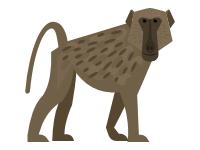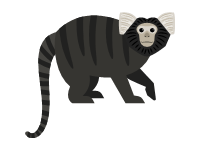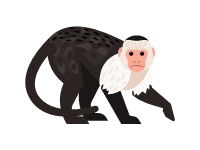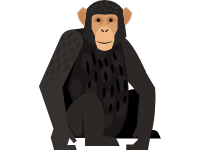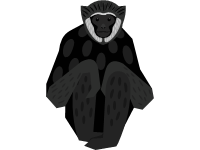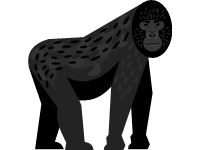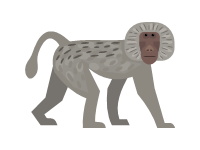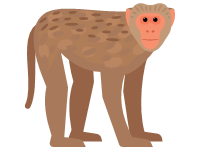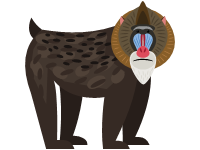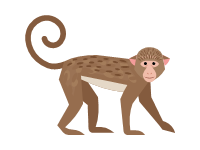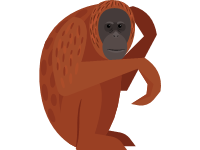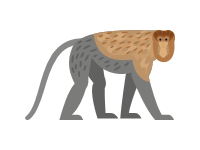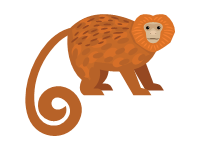Aside from humans (genus Homo), the macaques are the most widespread primate genus, ranging from Japan to the Indian subcontinent, and in the case of the barbary macaque (Macaca sylvanus), to North Africa and Southern Europe. Twenty-three macaque species are currently recognized, all of which are Asian except for the Barbary Macaque; including some of the monkeys best known to non-zoologists, such as the rhesus macaque (M. mulatta), and the barbary macaque, a colony of which lives on the Rock of Gibraltar in Southern Europe. Macaques are robust primates whose arms and legs are about the same in length. The fur of these animals is typically varying shades of brown or black and their muzzles are rounded in profile with nostrils on the upper surface. The tail varies among each species, which can be long, moderate, short or totally absent. Although several species lack tails, and their common names refer to them as apes, these are true monkeys, with no greater relationship to the true apes than any other Old World monkeys. Instead, this comes from an earlier definition of 'ape' that included primates generally. Macaques are highly adaptable to different habitats and climates and can tolerate a wide fluctuation of temperatures and live in varying landscape settings. They easily adapt to human-built environments and can survive well in urban settings if they are able to steal food. They can also survive in completely natural settings absent of humans.
The ecological and geographic ranges of the macaque are the widest of any non-human primate. Their habitats include the tropical rainforests of Southeast Asia, Sri Lanka, India, arid mountains of Pakistan and Afghanistan, and temperate mountains in Japan, northern China, Morocco, and Nepal. Some species also inhabit villages and towns in cities in Asia.
